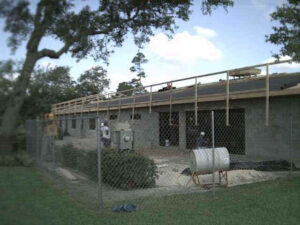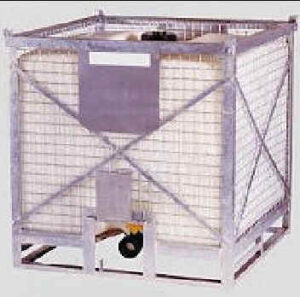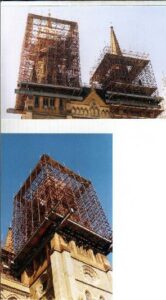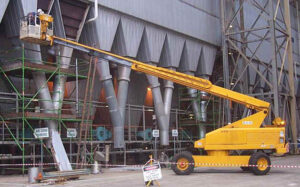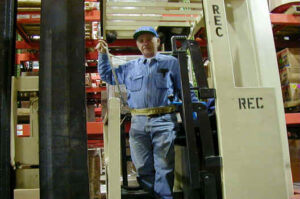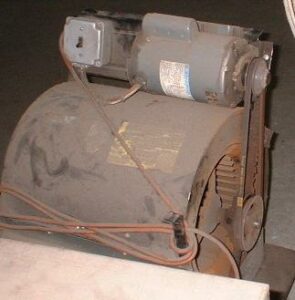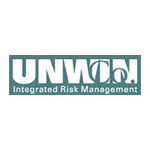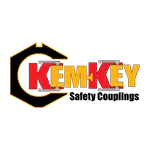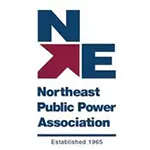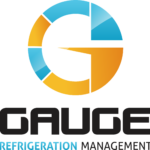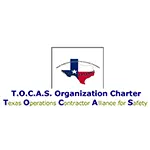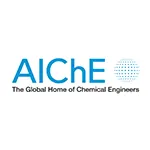Let us help you make sense of PSM / RMP!
My friend Brian Chapin will be offering an open-enrollment PSM/RMP class in Burleson, Texas, July 8th to 11th, 2025. Brian is an absolute pro in NH3 Refrigeration Process Safety. Anyone who attends will also get a FREE membership to SAFTENG. You can get more information on the class with this link.
CLICK HERE to Renew your Membership
CLICK HERE for a NEW Membership
CLICK HERE to see eligibility requirements for FREE Membership
If you have any questions, please contact m
SAFTENG has:
- Over 18,000 categorized unsafe acts/conditions and accident/injury photos
- Over 1,500 ppt's & doc's in the SAFTENG Library
- Over 4,000 Technical Articles on Process Safety, Emergency Response & OSH topics
- Over 450 videos (those not allowed on YouTube Channel)
Many THANKS to my NEW Members and those who CONTINUE to support SAFTENG:









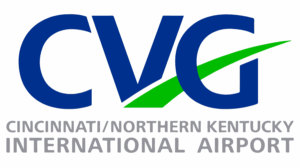

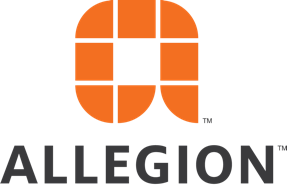
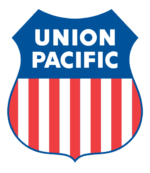
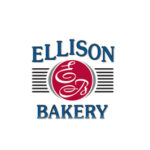
August 11, 2010
Tips for Party Givers 1. When your guests arrive, collect their car keys. That way, when they are ready to leave, they must get a second opinion on whether they’re sober enough to drive home. 2. Always serve food with alcohol. High protein and carbohydrate foods like cheese and meats are especially good. They stay in the stomach much longer, which slows the rate at which the body absorbs alcohol....
Read More
August 11, 2010
You Drink & Drive. You Lose! What is Impaired Driving? Impaired driving can be defined as a reduction in the performance of critical driving tasks due to the effects of alcohol or other drugs. It is a serious crime that kills every 30 minutes. We Can Stop Impaired Driving. Here’s How… Impaired driving crashes are preventable. Your pledge to participate in the You Drink & Drive. You Lose. mobilization...
Read More
August 6, 2010
Bryan, Back in May I observed a delivery driver for a major rental company picking up a JLG man lift from one of my subs. See first picture. 3 weeks later I was in an OSHA 500 class with his regional safety manager and asked him what their loading/unloading procedures were. He assured my his employees always use proper fall protection when doing this. His face turned a little red when I informed him...
Read More
August 6, 2010
Saw this set up on an unannounced site visit – all prepared for a sewer manhole entry later in the day. Note both the main and rescue winch on the tripod.
Many thanks to Mary Jo XXXXXX for sharing this photo of how to set up a CSE job the RIGHT WAY!
Read More
August 6, 2010
I enjoy your web site and as a safety professional in Florida, I use the photos on your site to show my customers what can happen if they don’t use PPE and / or safe work practices. I took the attached pictures at a Daytona Beach job site today. In 16 years as a safety professional, I have never seen anyone go to this length to protect workers from falling from a roof. XXXXXXXXXXX...
Read More
August 6, 2010
Construction Safety Circulation Service Construction Hazard Solution: Use Containers that Can’t be Manually Lifted Amongst its many other tasks, WorkSafe Victoria regularly reviews the workers’ compensation claims details related to sprains and strains injuries within the construction industry. Selected claims are followed up by WorkSafe inspectors to find out what the employer has done...
Read More
August 6, 2010
Hi Bryan, I don’t know much about scaffolding, but I know what I like. These pics are of the restoration work on a cathedral in central Melbourne. I’m no expert on scaffolding, but I reckon this must be a good example of “doing it right”. Below is a very busy city. Cheers, John Since John nor I are scaffolding experts I turned to my dear friend and scaffolding expert...
Read More
August 6, 2010
G’Day team, I noticed that your “Doing it right “section is both under repairs and looking a bit thin so I went for a walk to check on our crews to see what I could find. This particular job involves handling Synthetic Mineral Fibres. The guys have attended to the following 1/ Barricaded the area with a three metre radius as per Australian Code of Practice. 2/ Signed the work area...
Read More
August 6, 2010
Bryan, I love your newsletter and agree that it is a constant struggle to get associate’s to think about not only doing their job correctly, but to do it safely. I am attaching some photos I took and put into one of our monthly safety talks on PPE and why we use it. The forklift in the photos is commonly referred to as a stockpicker, cherrypicker or liftpicker. There is a platform incorporated...
Read More
August 6, 2010
Bryan You always have the bodgey scaffold of the week. This time I have one that must take the prize for the best scaffold of the week. What do you think? Casper This is a fine example of a galvanised tube-and-coupler hung spurred scaffold. Note the use of check couplers . A check coupler is a coupler fixed hard against a loadbearing coupler, to restrict or prevent slippage of that coupler along the...
Read More
August 6, 2010
Where I work (please no names), we have a sheet metal shop that makes HVAC duct work to install in people’s homes. When I first started as safety manager, I noticed that the guys in the shop were using old blowers from furnaces as fans because the shop gets extremely hot in the summer. I also noticed the blowers had fan belts and fans that weren’t guarded, so I brought it to the foreman’s...
Read More
August 6, 2010
I would normally find these laying where the guys took them off……on the ground. But this contractor made it clear to their workers how it was gonna be. Good Job!
Tom
Read More





